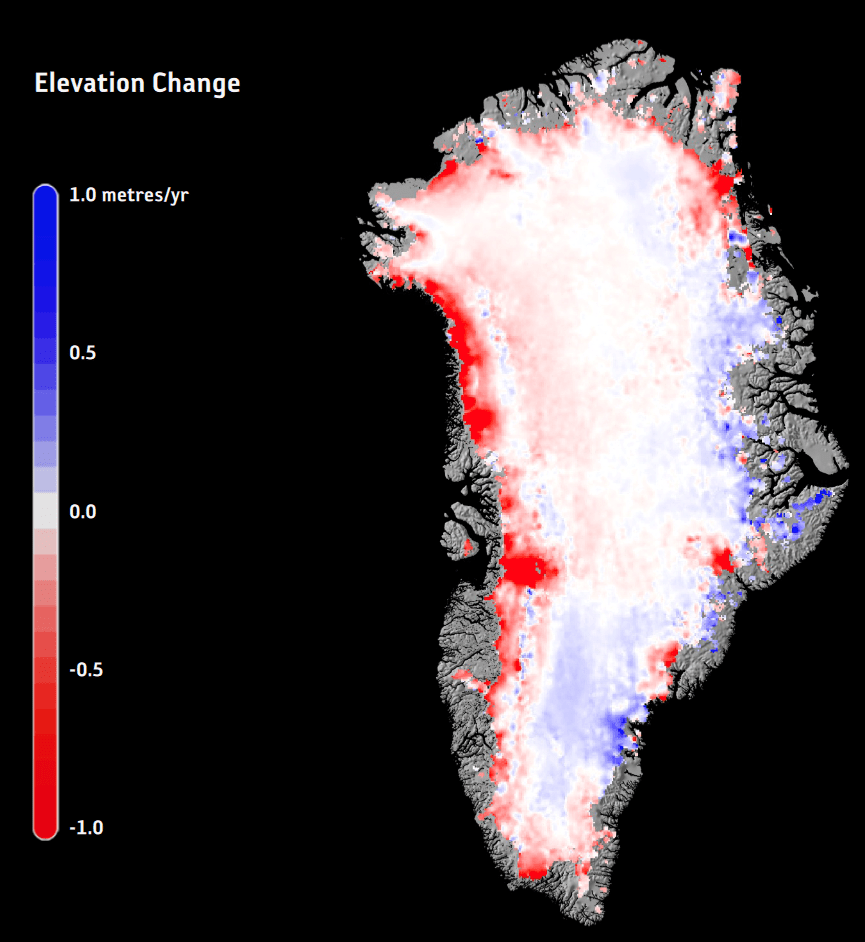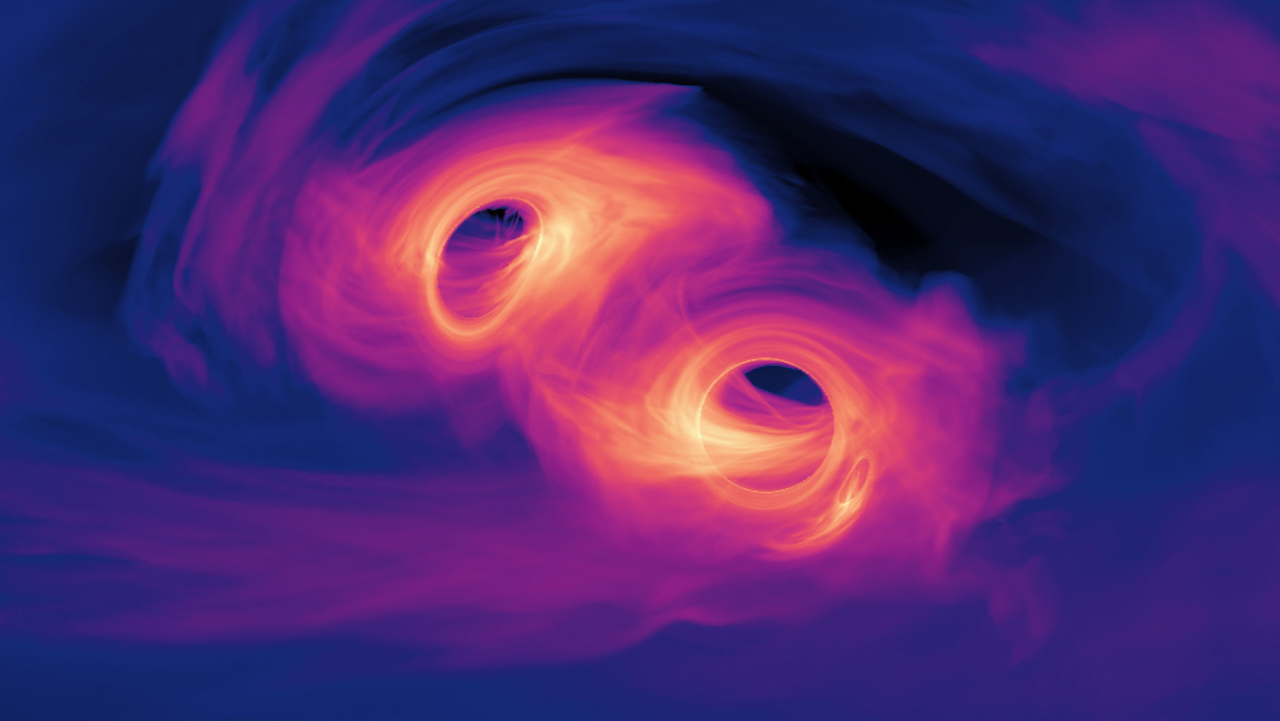The most widely recognized explanation for planet formation is the accretion theory. It states that small particles in a protoplanetary disk accumulate gravitationally and, over time, form larger and larger bodies called planetesimals. Eventually, many planetesimals collide and combine to form even larger bodies. For gas giants, these become the cores that then attract massive amounts of gas over millions of years.
But the accretion theory struggles to explain gas giants that form far from their stars, or the existence of ice giants like Uranus and Neptune.
Continue reading “A New Model Explains How Gas and Ice Giant Planets Can Form Rapidly”









